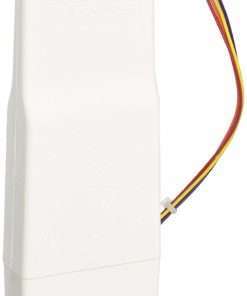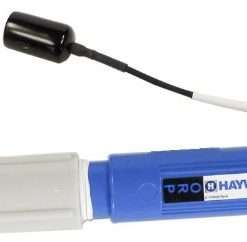How does salt water system work?
Salt water systems are widely used in industries such as food, textiles and paper. Salt water is a better solvent than fresh water for many industrial processes, because it has a lower boiling point. When dissolved in water, salt separates into positive (salt) and negative (water) ions. The salt ions attract other molecules of water, forming a solution. Salt also dissolves metal ions to form an alloy. This process is used to make products such as steel, titanium and aluminum alloys.
How much electricity does a salt water generator use?
A salt water generator uses a lot of electricity. A typical generator can use anywhere from 50 to 100 kW of electricity, depending on the size and type of generator. This is a lot more than most generators use, so it’s important to be sure you have the right kind of generator for your needs.
Do you still need chlorine with a salt generator?
Chlorine is still a necessary disinfectant when using a salt generator. While chlorine can be eliminated with a salt generator, it’s important to make sure the generator is operating properly to ensure effective sanitation. A good rule of thumb is to double the chlorine dosage when using a salt generator versus traditional methods.
How long does a salt water system last?
A salt water system can last for many years if it is cared for properly. By following a few simple guidelines, you can ensure that your system will last as long as you need it to. First and foremost, make sure that the system is kept clean – this includes both the tank and the filters. Second, be sure to check the levels of calcium and magnesium each month. If either of these levels become too high, it may be time to replace the filters or the tank. Finally, be sure to empty and refill the system every 3-6 months, or as needed.

















